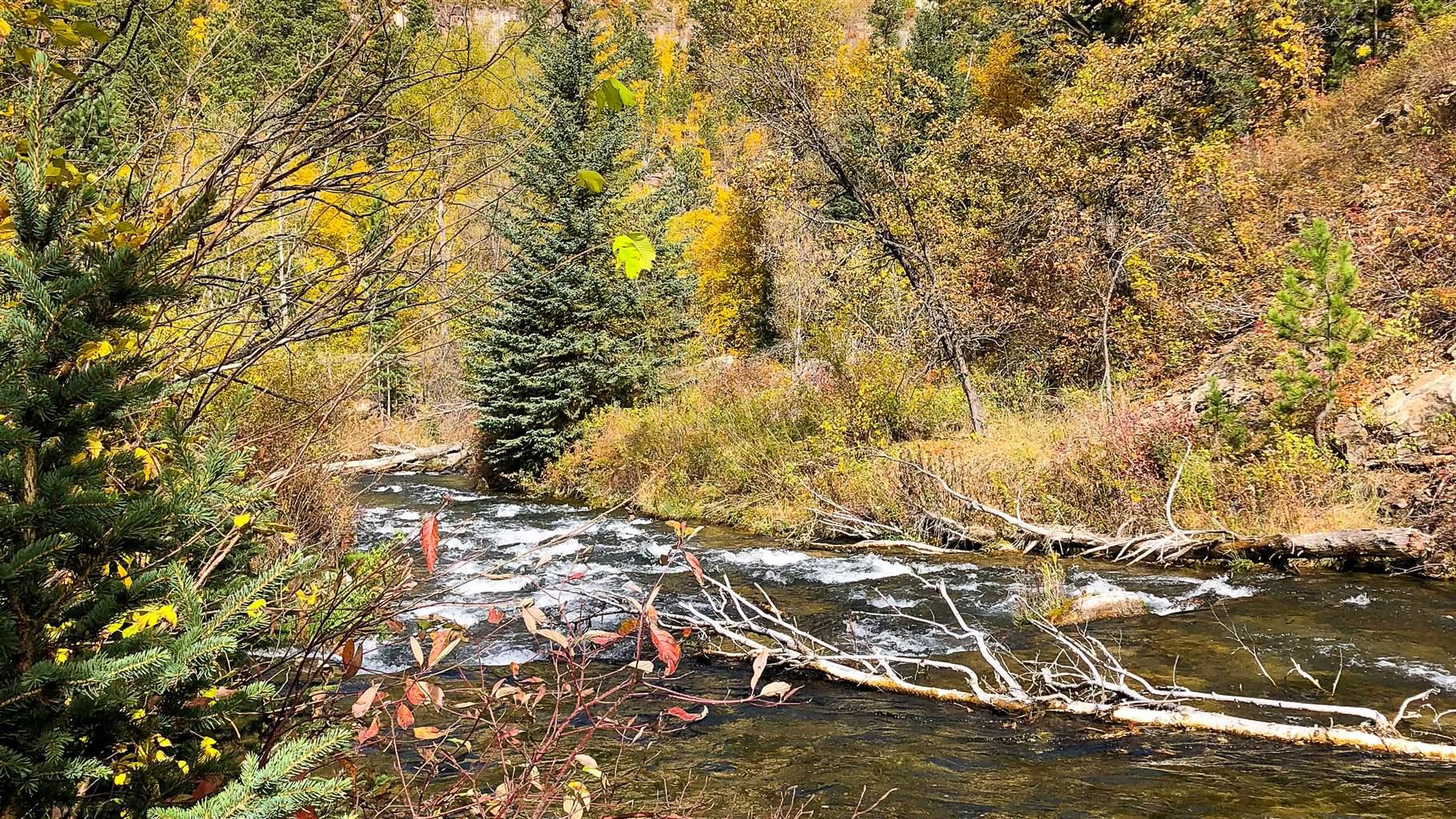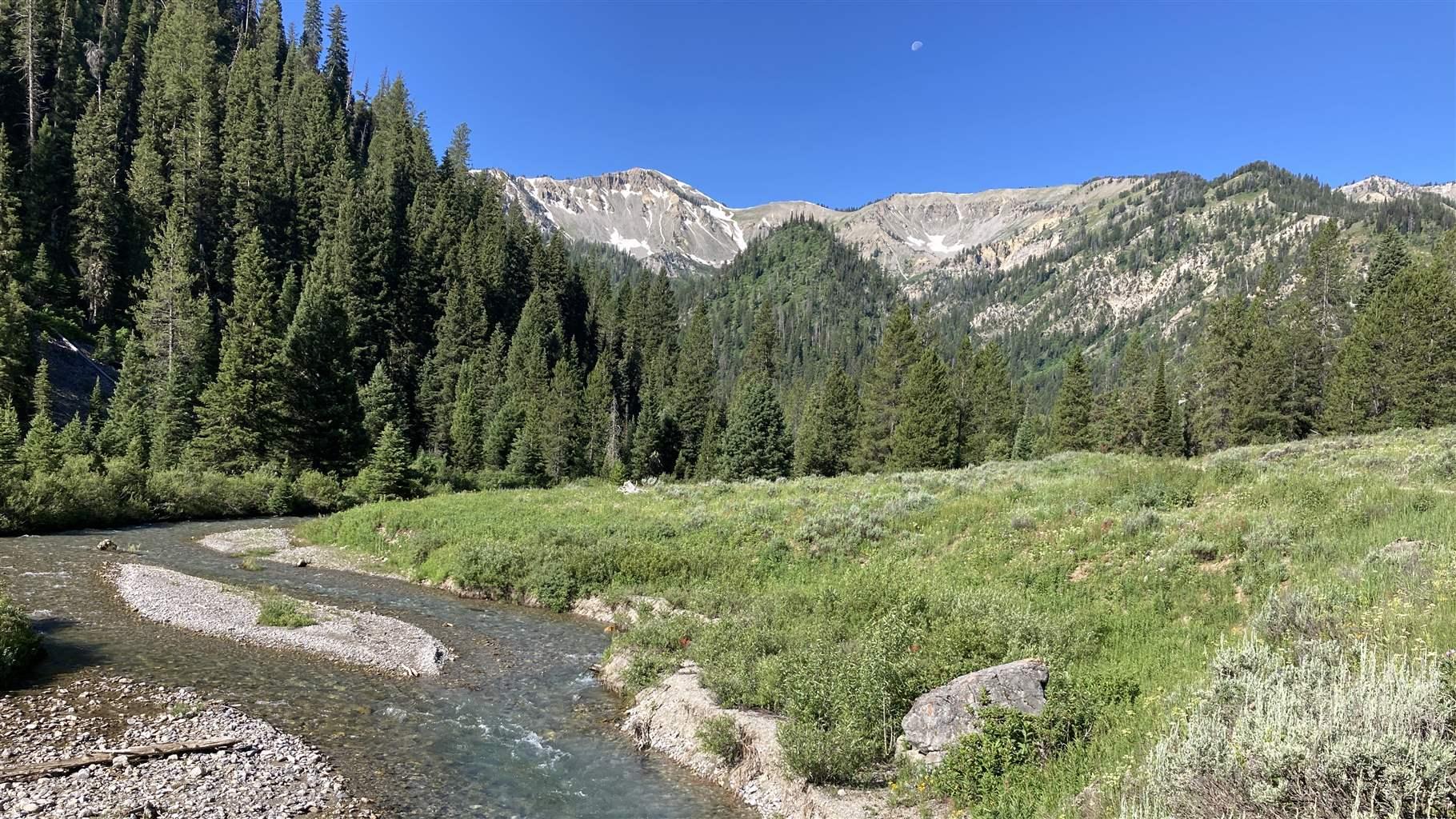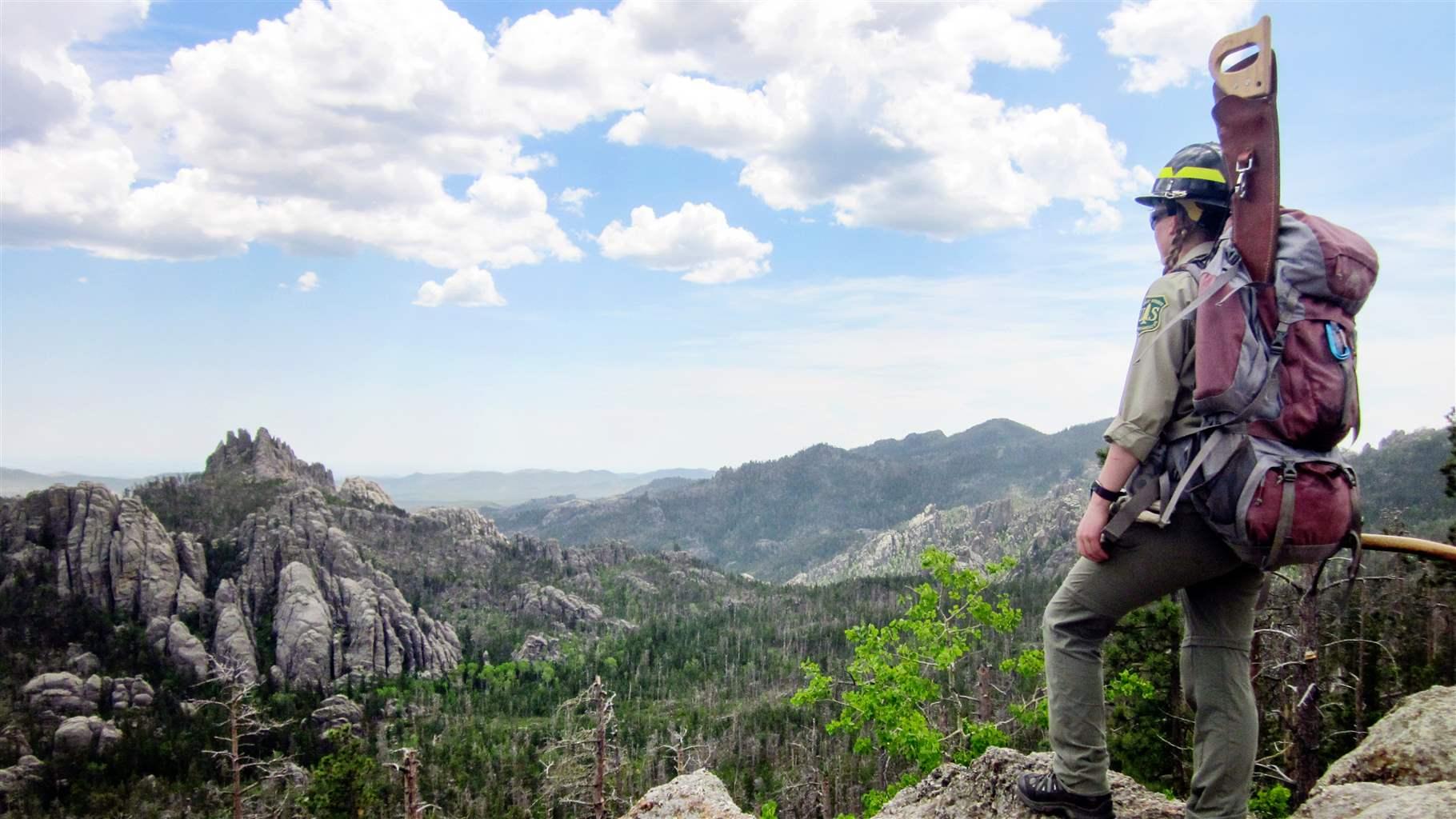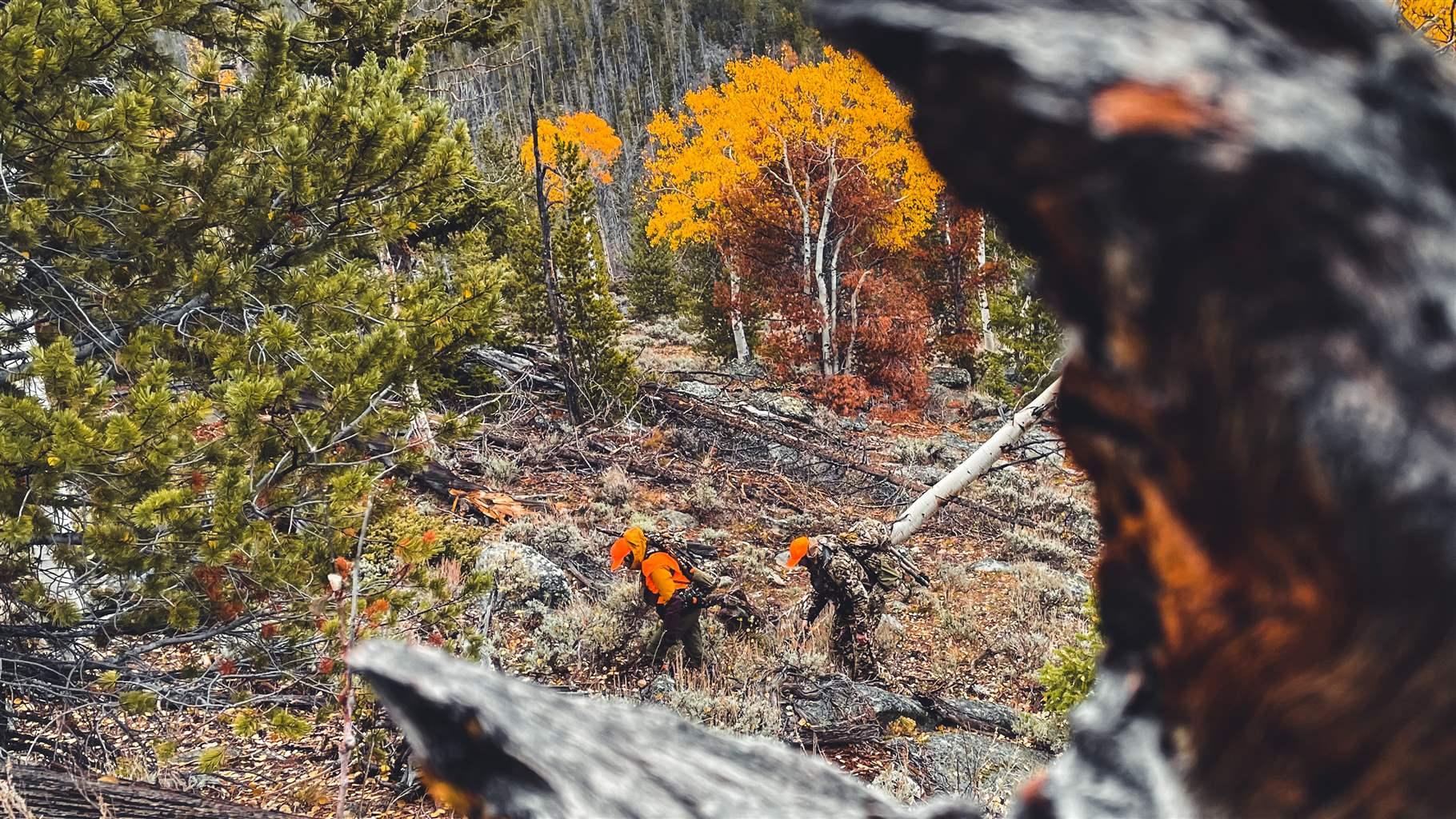Research Identifies Which Wyoming and South Dakota Forest Areas Should Be Priorities for Conservation
Bridger-Teton and Black Hills national forests provide myriad benefits to people, wildlife
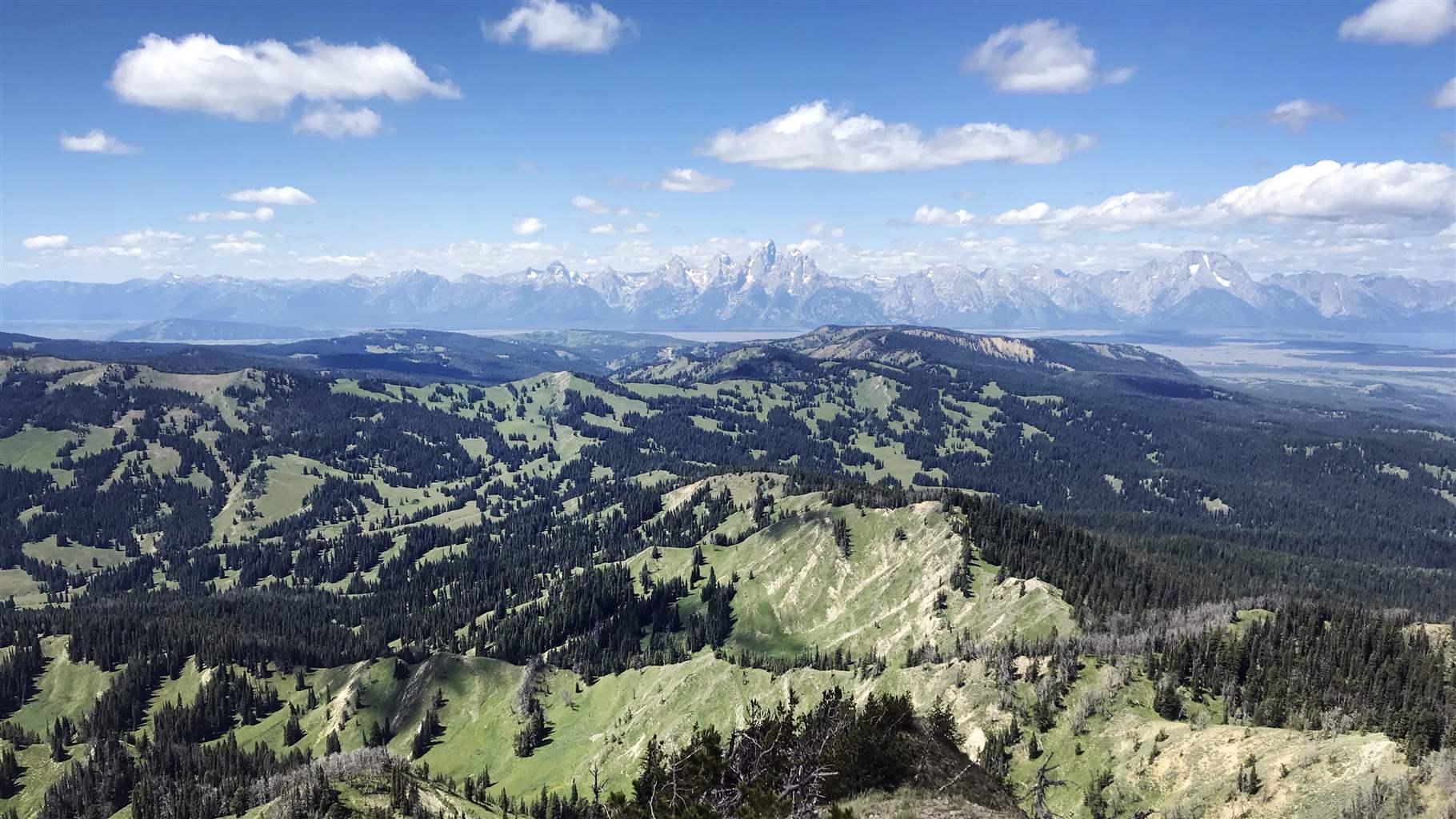
In Wyoming and South Dakota, national forests—ranging from the Bridger-Teton National Forest in western Wyoming to the Black Hills National Forest straddling the Wyoming/South Dakota border—provide a wide variety of benefits to people and wildlife. Together, these forests cover 4.6 million acres of public lands that provide habitat for hundreds of species, clean water for communities, and diverse recreational opportunities including hiking, hunting, and mountain biking. The Bridger-Teton is also part of the southern extent of the Greater Yellowstone Ecosystem—one of the largest nearly intact temperate-zone ecosystems on Earth. The Black Hills, rising from the surrounding plains, are a crossroads for species from the Rocky Mountains, Great Plains, and northern boreal and eastern forests. To help ensure science-based management of these unique national forests, The Pew Charitable Trusts commissioned Conservation Science Partners to evaluate these landscapes and identify the most ecologically valuable yet unprotected areas within each forest. The reports for the Bridger-Teton and Black Hills are now available.
The U.S. Forest Service manages national forests for “multiple use,” including grazing, timber, recreation, and conservation, as required by Congress. The agency is also required to ensure the ecological sustainability of each national forest. To balance these multiple uses, the Forest Service must prepare a land and resource management plan, or forest plan, every 15 to 20 years. In the fall of 2021, the Forest Service initiated a comprehensive revision of the Black Hills plan and is expected to soon revise the Bridger-Teton plan.
Download the full report PDFs:
The identification of unprotected “high ecological value areas” (HEVAs) in the commissioned reports provides important information that should be considered while the Forest Service revises its forest plans. As human activities increasingly place pressure on forest ecosystems, conservation-oriented management of HEVAs can be an important tool for sustaining healthy, functional forests.
The public will have an opportunity to provide comments on the forest plans and make recommendations for conservation-oriented management. The data contained in the reports can help the public and the Forest Service understand how best to ensure these forests’ ecological sustainability as the agency balances multiple uses for the benefit of both people and nature.
For example, the analysis of the Bridger-Teton National Forest identified numerous areas in the Salt River and Wyoming ranges as being within the forest’s top 10% of ecologically important areas. As the forest plan revision moves forward, the public can offer recommendations for how the Forest Service can best manage these areas so that they are not harmed by activities such as expanded off-road vehicle use.
Likewise, the Black Hills National Forest report identified many areas in the southern portion of the forest as being within the top 10% of ecologically important areas. As the Forest Service revises this plan, the public can use this information to make the case for curbing harmful activities such as unsustainable timber harvest in HEVAs like those around Wildcat Peak, Red Butte, and Yellow Butte.
Pew encourages the Forest Service to consider and incorporate the report data into its revised forest planning processes, ensuring balanced use and ecological sustainability for years to come.
John Seebach is a project director and Blake Busse is a principal associate with The Pew Charitable Trusts’ U.S. public lands and rivers conservation program.
This report is one of 51 analyses Pew has commissioned Conservation Science Partners to undertake to determine the most important ecologically valuable, and as yet unprotected areas within the country’s national forests. Like the Bridger-Teton and Black Hills reports, the pending forest analyses involve areas expected to undergo revisions in the next several years.
